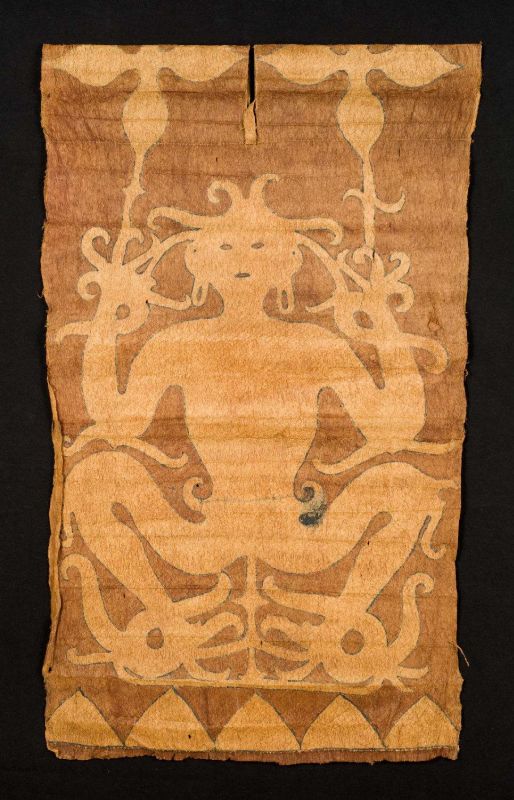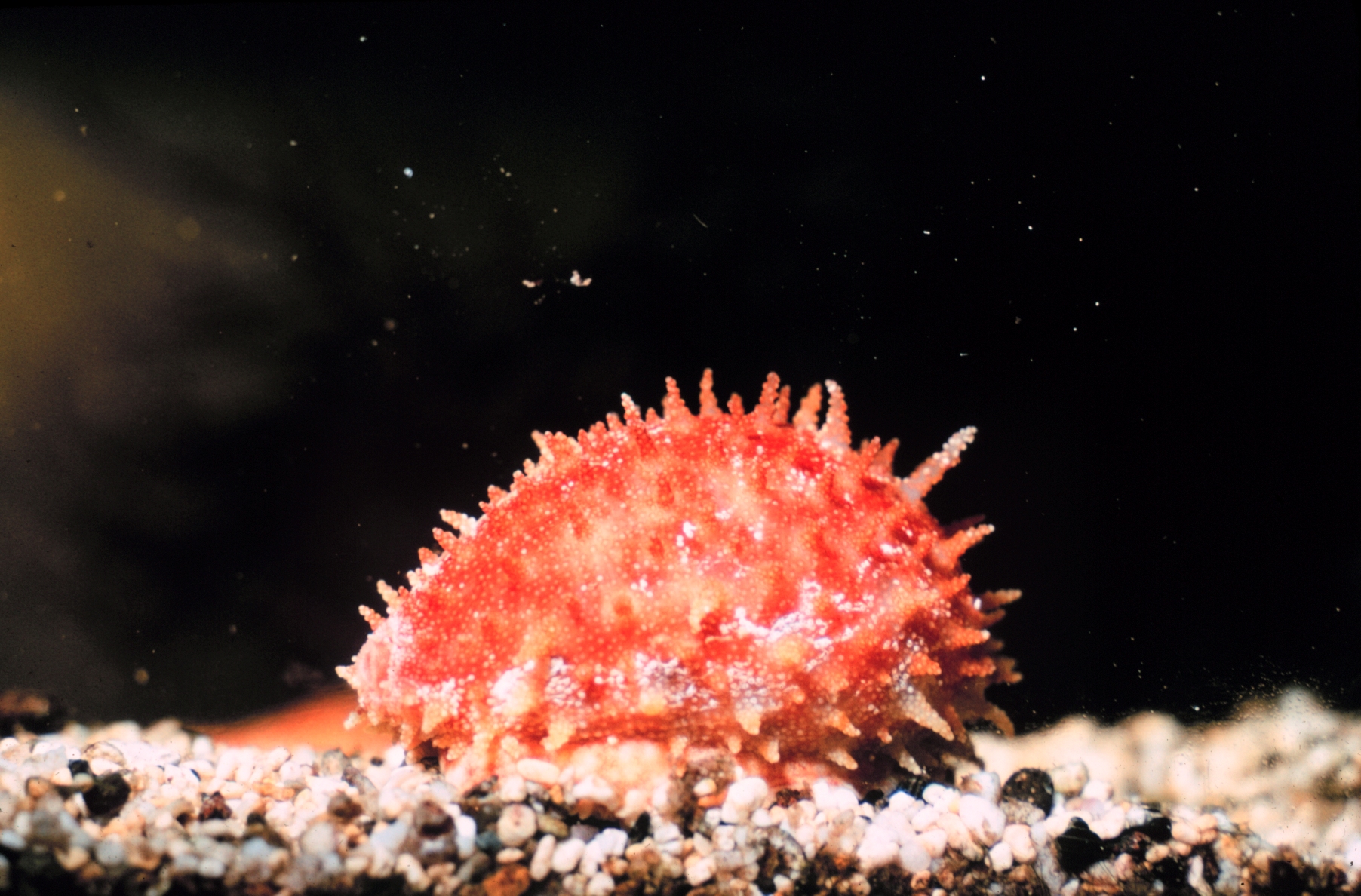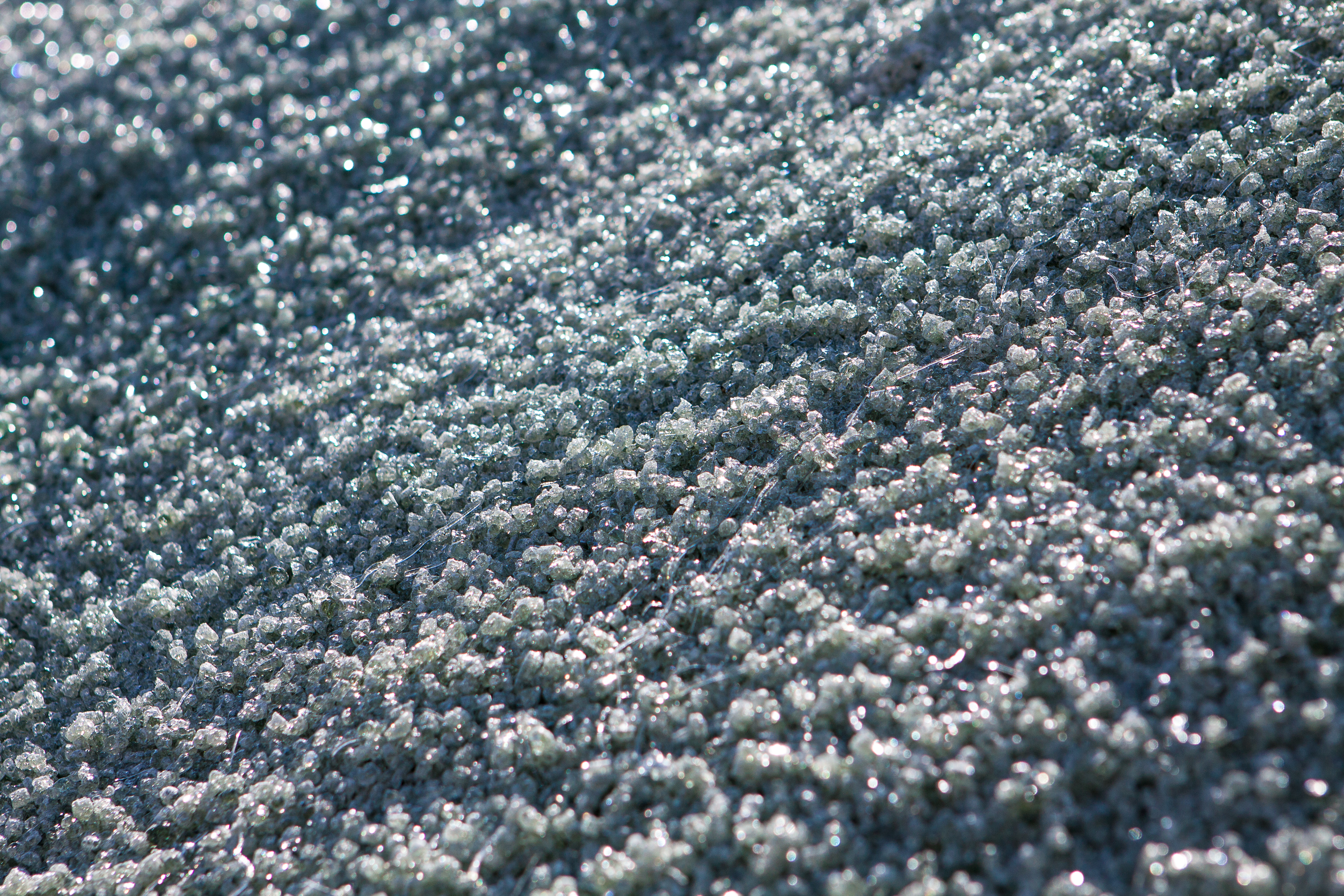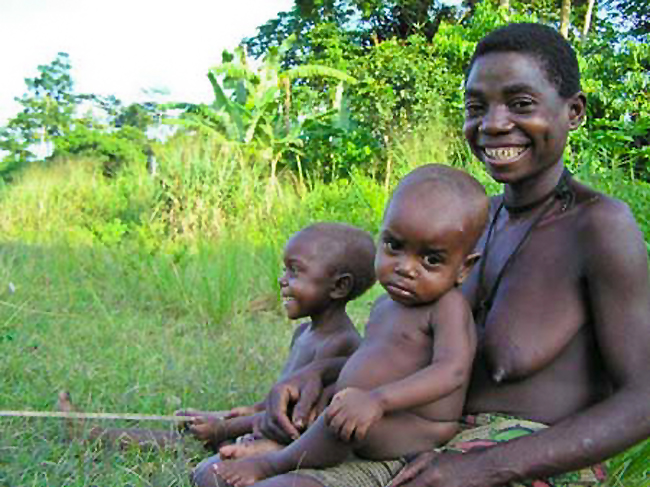|
Ekari People
The Mee (also Bunani Mee, Ekari, Ekagi, Kapauku, Tapiro) are a people in the Wissel Lakes area of Central Papua, Indonesia. They speak the Ekagi language. History According to the oral history of the Mee, their ancestor came from a place east of the Baliem Valley, called ''Pupupapa'' or ''Pagimo Peku'' ("large cave"). The Mee have formed trading relationships with their surrounding tribes, like the Moni people, Moni and Kamoro people, Kamoro, using traditional money called ''mege'' (cowrie shells). They were first discovered by European explorers during the 1909–1911 expedition by ''British Ornithologists' Union''. Through the southern route from the Kamoro's region, they explored Mount Tapiro in Deiyai Regency, Deiyai and found a group of inland people, because of their shorter-than-average height, they were called ''Tapiro pygmies, pygmies''. Later in 1934, the Dutch pilot Frits Wissel came across Paniai Lakes, three large lakes, the Paniai, Tigi, and Tage, where there were nu ... [...More Info...] [...Related Items...] OR: [Wikipedia] [Google] [Baidu] |
Barkcloth
Barkcloth or bark cloth is a versatile material that was once common in Asia, Africa, and the Pacific. Barkcloth comes primarily from trees of the family Moraceae, including '' Broussonetia papyrifera'', '' Artocarpus altilis'', '' Artocarpus tamaran'', and '' Ficus natalensis''. It is made by beating sodden strips of the fibrous inner bark of these trees into sheets, which are then finished into a variety of items. Many texts that mention "paper clothing" are actually referring to barkcloth. Some modern cotton-based fabrics are also named "barkcloth" for their resemblance to these traditional fabrics. Traditional Austronesia Before the development of woven textiles, barkcloth made from trees belonging to the mulberry family ( Moraceae) were an important aspect of the pre-Austronesian and Austronesian material culture during the Neolithic period. Stone barkcloth beaters, in particular, are considered part of the "Austronesian toolkit." They have been found in abundance i ... [...More Info...] [...Related Items...] OR: [Wikipedia] [Google] [Baidu] |
Cowrie Shells
Cowrie or cowry () is the common name for a group of small to large sea snails in the family Cypraeidae. Cowrie shells have held cultural, economic, and ornamental significance in various cultures. The cowrie was the shell most widely used worldwide as shell money. It is most abundant in the Indian Ocean, and was collected in the Maldive Islands, in Sri Lanka, along the Indian Malabar coast, in Borneo and on other East Indian islands, in Maluku in the Pacific, and in various parts of the African coast from Ras Hafun, in Somalia, to Mozambique. Cowrie shell money was important in the trade networks of Africa, South Asia, and East Asia. In the United States and Mexico, cowrie species inhabit the waters off Central California to Baja California (the chestnut cowrie is the only cowrie species native to the eastern Pacific Ocean off the coast of the United States; further south, off the coast of Mexico, Central America and Peru, Little Deer Cowrie habitat can be found; and furt ... [...More Info...] [...Related Items...] OR: [Wikipedia] [Google] [Baidu] |
Indigenous People Of New Guinea
The indigenous peoples of Western New Guinea in Indonesia and Papua New Guinea, commonly called Papuans, are Melanesians. There is genetic evidence for two major historical lineages in New Guinea and neighboring islands: a first wave from the Malay Archipelago perhaps 50,000 years ago when New Guinea and Australia were a single landmass called Sahuland, much later, a wave of Austronesian people from the north who introduced Austronesian languages and pigs about 3,500 years ago. They also left a small but significant genetic trace in many coastal Papuan peoples. Linguistically, Papuans speak languages from the many families of non-Austronesian languages that are found only on New Guinea and neighboring islands, as well as Austronesian languages along parts of the coast, and recently developed creoles such as Tok Pisin, Hiri Motu, Unserdeutsch, and Papuan Malay. The term "Papuan" is used in a wider sense in linguistics and anthropology. In linguistics, " Papuan languages" is ... [...More Info...] [...Related Items...] OR: [Wikipedia] [Google] [Baidu] |
Pork Tapeworm
''Taenia solium'', the pork tapeworm, belongs to the cyclophyllid cestode family Taeniidae. It is found throughout the world and is most common in countries where pork is eaten. It is a tapeworm that uses humans (''Homo sapiens'') as its definitive host and pigs and boars (family Suidae) as the intermediate or secondary hosts. It is transmitted to pigs through human feces that contain the parasite eggs and contaminate their fodder. Pigs ingest the eggs, which develop into larvae, then into oncospheres, and ultimately into infective tapeworm cysts, called cysticerci. Humans acquire the cysts through consumption of uncooked or under-cooked pork and the cysts grow into adult worms in the small intestine. There are two forms of human infection. One is "primary hosting", called taeniasis, and is due to eating under-cooked pork that contains the cysts, resulting in adult worms in the intestines. This form generally is without symptoms; the infected person does not know they hav ... [...More Info...] [...Related Items...] OR: [Wikipedia] [Google] [Baidu] |
Neurocysticercosis
Neurocysticercosis (NCC) is a Parasitic disease, parasitic infection of the central nervous system, nervous system caused by the larvae of the tapeworm ''Taenia solium,'' also known as the "pork tapeworm". The disease is primarily transmitted through direct contact with human feces, often through the consumption of food or water containing ''Taenia solium'' eggs. These eggs hatch in the small intestine and penetrate the Gastrointestinal wall, intestinal wall. The larvae can travel to the brain, Muscle, muscles, Eye, eyes, and skin. Neurocysticercosis, caused by ''Taenia solium'' larvae, differs from taeniasis, which results from adult tapeworm infection. Neurocysticercosis manifests with various signs and symptoms, influenced by the location, number of lesions, and immune response. While some people may have asymptomatic, no symptoms, others may experience seizures, intracranial hypertension, increased pressure in the skull, cognitive impairment, or specific neurological proble ... [...More Info...] [...Related Items...] OR: [Wikipedia] [Google] [Baidu] |
Paniai Lakes
The Paniai Lakes, originally known as the Wissel Lakes, are the three large, freshwater lakes in Central Papua, Indonesia: Paniai, Tigi, and Tage. Lakes Paniai and Tage are located in the Paniai Regency, while Lake Tigi is located in Deiyai Regency, the Deiyai Regency. The largest of the three is Lake Paniai (''Danau Paniai''), while its immediate neighbor Lake Tage is the smallest. Geography The lakes are in the New Guinea Highlands, between the Weyland Mountains on the west and the Sudirman Range or Snow mountains to the east. Lake Paniai is the largest of the lakes, with an area of approximately 154 km2. The lake's elevation is 1,752 metres, and it has an average depth of 44 metres. There are wetlands along the eastern shore of the lake, including around the town of Enarotali. The lake is drained by the Jawej River, which flows southwards to join the Oeta River, which empties into the Arafura Sea. Lake Tage is immediately south of Lake Paniai separated by a narrow strip of la ... [...More Info...] [...Related Items...] OR: [Wikipedia] [Google] [Baidu] |
Frits Wissel
A frit is a ceramic composition that has been fused, quenched, and granulated. Frits form an important part of the batches used in compounding enamels and ceramic glazes; the purpose of this pre-fusion is to render any soluble and/or toxic components insoluble by causing them to combine with silica and other added oxides.''Dictionary of Ceramics'' (3rd Edition) Edited by Dodd, A. Murfin, D. Institute of Materials. 1994. However, not all glass that is fused and quenched in water is frit, as this method of cooling down very hot glass is also widely used in glass manufacture. According to the ''OED'', the origin of the word "frit" dates back to 1662 and is "a calcinated mixture of sand and fluxes ready to be melted in a crucible to make glass". Nowadays, the unheated raw materials of glass making are more commonly called "glass batch". In antiquity, frit could be crushed to make pigments or shaped to create objects. It may also have served as an intermediate material in the manufa ... [...More Info...] [...Related Items...] OR: [Wikipedia] [Google] [Baidu] |
Pygmies
In anthropology, pygmy peoples are ethnic groups whose average height is unusually short. The term pygmyism is used to describe the phenotype of endemic short stature (as opposed to disproportionate dwarfism occurring in isolated cases in a population) for populations in which adult men are on average less than tall. Although the term is sometimes considered derogatory because it focuses on a physical trait, it remains the primary term associated with the African Pygmies, the hunter-gatherers of the Congo Basin (comprising the Bambenga, Bambuti and Batwa). The terms "Asiatic pygmies" and "Oceanic pygmies" have also been used to describe the Negrito populations of Southeast Asia and Australo-Melanesian peoples of short stature. The Taron people of Myanmar are an exceptional case of a pygmy population of East Asian phenotype. Etymology The term ''pygmy'', as used to refer to diminutive people, comes via Latin from Greek πυγμαῖος ''pygmaîos'', derived from � ... [...More Info...] [...Related Items...] OR: [Wikipedia] [Google] [Baidu] |
Deiyai Regency
Deiyai Regency is one of the regencies (''kabupaten'') in the Indonesian province of Central Papua; it was formed on 29 October 2008 from the southeastern corner of the Paniai Regency area, and inaugurated by the Indonesian Minister of Home Affairs, Mardiyanto. The legal basis for the formation of this regency was the Law of the Republic of Indonesia of 2008 Number 55. The new regency covers an area of 1,012.67 km2 (revised from 537.39 km2), and had a population of 62,998 at the 2010 Census - consisting of 31,843 men and 31,115 women;Biro Pusat Statistik, Jakarta, 2011. the 2020 Census revealed a total of 99,091 - consisting of 52,617 males and 46,474 females;Badan Pusat Statistik, Jakarta, 2021. the official estimate as at mid 2023 was 104,610.Badan Pusat Statistik, Jakarta, 28 February 2024, ''Kabupaten Deiyai Dalam Angka 2024'' (Katalog-BPS 1102001.9408) The administrative centre is at the town of Waghete. Geography The northern part of the regency's territory (comp ... [...More Info...] [...Related Items...] OR: [Wikipedia] [Google] [Baidu] |
British Ornithologists' Union
The British Ornithologists' Union (BOU) aims to encourage the study of birds (ornithology) around the world in order to understand their biology and aid their conservation. The BOU was founded in 1858 by Professor Alfred Newton, Henry Baker Tristram and other scientists. Its quarterly journal, '' Ibis'', has been published continuously since 1859. The Records Committee (BOURC) is a committee of the BOU established to maintain the British List, the official list of birds recorded in Great Britain. BOU is headquartered in Peterborough and is a registered charity in England & Wales and Scotland. Objectives and activities * Publishes '' Ibis'' as a leading international journal of ornithological science. * Organizes a program of meetings and conferences. * Awards grants and bursaries for ornithological research. * Encourages liaison between those actively engaged in ornithological research. * Provides a representative body of the scientific community able to provide ornit ... [...More Info...] [...Related Items...] OR: [Wikipedia] [Google] [Baidu] |
Kamoro People
Kamoro is a village in north-central Ivory Coast. It is in the sub-prefecture of Bouandougou, Mankono Department, Béré Region, Woroba District Woroba District () is one of 14 administrative districts of Ivory Coast. It is in the northwest part of the country. Its capital is Séguéla. Creation Woroba District was created in a 2011 administrative reorganisation of the subdivisions of .... Kamoro was a commune until March 2012, when it became one of 1126 communes nationwide that were abolished. ''news.abidjan.net'', 7 March 2012. Notes [...More Info...] [...Related Items...] OR: [Wikipedia] [Google] [Baidu] |
Central Papua
Central Papua, officially the Central Papua Province () is an Indonesian Provinces of Indonesia, province located in the central region of Western New Guinea. It was formally established on 25 July 2022 from the former eight western regencies of the province of Papua (province), Papua. It covers an area of 61,072.91 km2 and had an officially estimated population of 1,472,910 in mid 2024 (comprising 784,670 males and 688,240 females).Badan Pusat Statistik, Jakarta, 28 February 2025, ''Provinsi Papua Tengah Dalam Angka 2025'' (Katalog-BPS 1102001.94) It is bordered by the Indonesian provinces of West Papua (province), West Papua to the west, the province of Papua (province), Papua to the north and northeast, by Highland Papua to the east, and by South Papua to the southeast. The administrative capital is located in Wanggar District in Nabire Regency, although Timika (in Mimika Regency) is a larger town. Central Papua are bordered by seas in the north and south. Nabire is situat ... [...More Info...] [...Related Items...] OR: [Wikipedia] [Google] [Baidu] |






